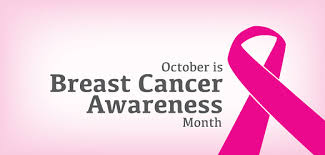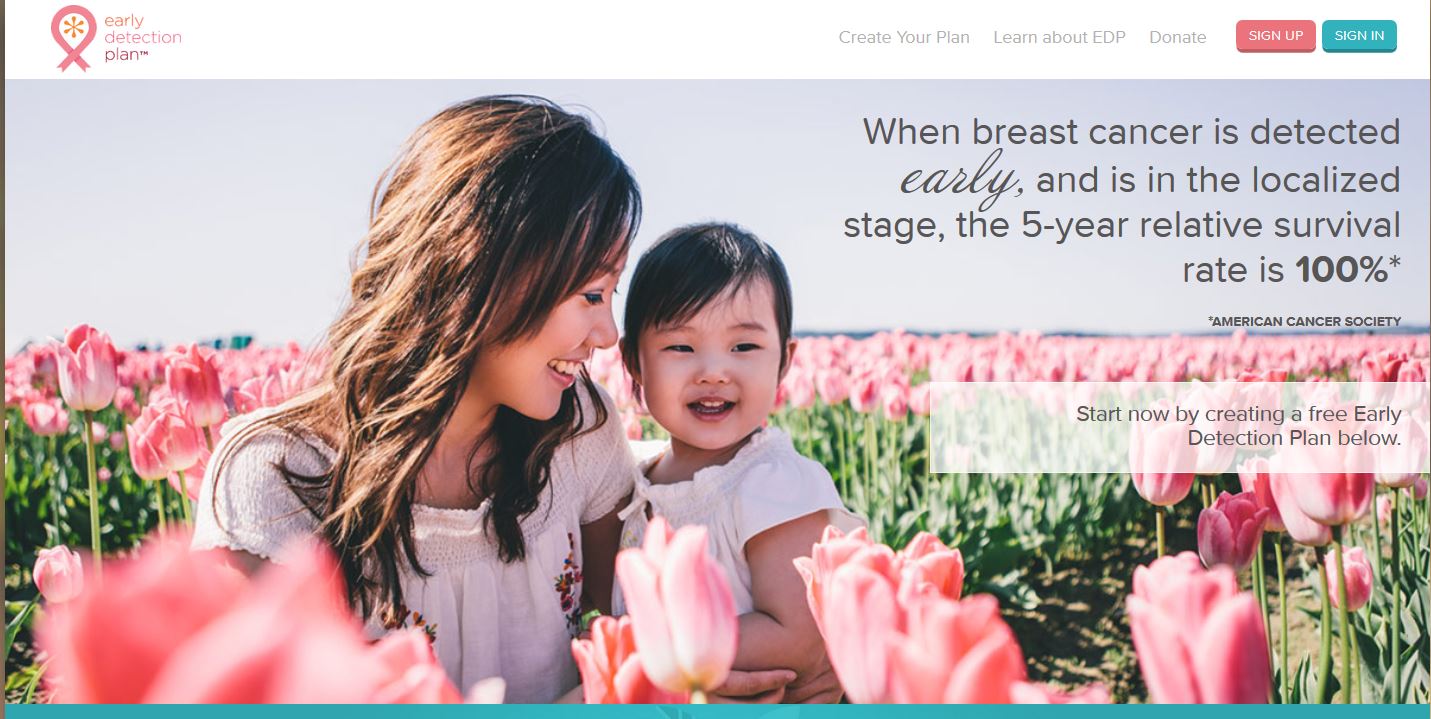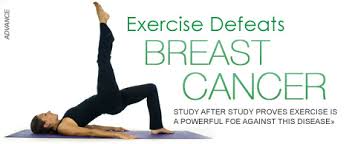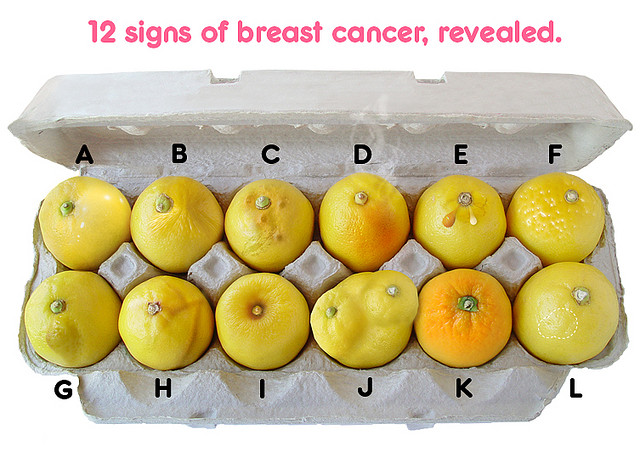 A breast cancer diagnosis is one of those larger than life experiences. Once the diagnosis is received so follows the recommendations for treatment. Once treatment begins, so does the journey toward healing. After treatment concludes, there is follow-up and so the journey continues. Please join us for conversation on Tuesday, October 13, 12:15-12:55, at the Center for Faith and Vocation, with Marguerite Stanciu, assistant director at the Center for Faith and Vocation, who is living with the experience of breast cancer. There will be time for discussion. Please rsvp to healthyhorizons@butler.edu.
A breast cancer diagnosis is one of those larger than life experiences. Once the diagnosis is received so follows the recommendations for treatment. Once treatment begins, so does the journey toward healing. After treatment concludes, there is follow-up and so the journey continues. Please join us for conversation on Tuesday, October 13, 12:15-12:55, at the Center for Faith and Vocation, with Marguerite Stanciu, assistant director at the Center for Faith and Vocation, who is living with the experience of breast cancer. There will be time for discussion. Please rsvp to healthyhorizons@butler.edu.
Category Archives: Uncategorized
Should You Get A Mammogram? This Daytime TV Host Would Say – Absolutely!
Breast Cancer Early Detection Plan
 1 in 8 women will be diagnosed with breast cancer in her lifetime
1 in 8 women will be diagnosed with breast cancer in her lifetime
 When breast cancer is detected early (localized stage), the 5-year survival rate is 100%
When breast cancer is detected early (localized stage), the 5-year survival rate is 100%
Exercise and Breast Cancer
Regular exercise is an important part of being as healthy as you can be. More and more research is showing that exercise can reduce the risk of breast cancer coming back (recurrence) if you’ve been diagnosed, as well as reducing the risk of developing breast cancer if you’ve never been diagnosed.
Breastcancer.org visitors know how important exercise is. According to a survey we did in October and November 2011, 70% of people who answered the survey exercised regularly and 23% exercised less often. But they were still exercising!
A roundtable convened by the American College of Sports Medicine in 2010 reviewed available research and concluded that exercise is safe during and after all breast cancer treatments (as long as you take any needed precautions and keep the intensity low) and improves physical functioning, quality of life, and cancer-related fatigue. There also is evidence that exercise can help breast cancer survivors live longer and lead a more active life.
- Why Exercise?
- Exercise can lower your risk of breast cancer coming back, as well as help you maintain a healthy weight, ease treatment side effects, boost your energy, and more! Read about the many ways exercise is good for you.
- Exercise Safely
- Learn how to start exercising safely by following these nine steps.
Kids Give Advice to their Busy Moms
Signs and symptoms of breast cancer
Widespread use of screening mammograms has increased the number of breast cancers found before they cause any symptoms. Still, some breast cancers are not found by mammogram, either because the test was not done or because, even under ideal conditions, mammograms do not find every breast cancer.
The most common symptom of breast cancer is a new lump or mass. A painless, hard mass that has irregular edges is more likely to be cancerous, but breast cancers can be tender, soft, or rounded. They can even be painful. For this reason, it is important to have any new breast mass or lump or breast change checked by a health care professional experienced in diagnosing breast diseases.
Other possible symptoms of breast cancer include:
- Swelling of all or part of a breast (even if no distinct lump is felt)
- Skin irritation or dimpling
- Breast or nipple pain
- Nipple retraction (turning inward)
- Redness, scaliness, or thickening of the nipple or breast skin
- Nipple discharge (other than breast milk)
Sometimes a breast cancer can spread to lymph nodes under the arm or around the collar bone and cause a lump or swelling there, even before the original tumor in the breast tissue is large enough to be felt. Swollen lymph nodes should also be reported to your doctor.
Although any of these symptoms can be caused by things other than breast cancer, if you have them, they should be reported to your doctor so that he or she can find the cause.
Assess Your Risk For Breast Cancer
| The Breast Cancer Risk Assessment Tool is an interactive tool designed by scientists at the National Cancer Institute (NCI) and the National Surgical Adjuvant Breast and Bowel Project (NSABP) to estimate a woman’s risk of developing invasive breast cancer.
Follow this link to assess your risk: http://www.cancer.gov/bcrisktool/. See About the Tool for more information. The Breast Cancer Risk Assessment Tool may be updated periodically as new data or research becomes available. |
||||
Let The Awareness Begin and Continue!

This October, Healthy Horizons is proud to participate in National Breast Cancer Awareness Month. Breast cancer is the second most common kind of cancer in women.
About 1 in 8 women born today in the United States will get breast cancer at some point.
The good news is that many women can survive breast cancer if it’s found and treated early.
• If you are a woman age 40 to 49, talk with your doctor about when to start getting mammograms and how often to get them.
• If you are a woman age 50 to 74, be sure to get a mammogram every 2 years. You may also choose to get them more often.
Talk to a doctor about your risk for breast cancer, especially if a close family member of yours has had breast or ovarian cancer. Your doctor can help you decide when and how often to get mammograms.
Healthy Horizons Breast Cancer Awareness Events:
• Tuesday, October 13th, 12:15-12:55 – A Breast Cancer Conversation at the Center for Faith and Vocation. RSVP to: healthyhorizons@butler.edu
• Thursday, October 22nd, Noon-1:00 – Jacob Feine of Susan G. Komen will present during a lunch and learn in Atherton Union Room 326. RSVP to: healthyhorizons@butler.edu
• Monday, October 26th, 8:30am – 2:30pm, St. Vincent Mammogram Van on campus. Follow this link to register: https://www.formstack.com/forms/index.php?1644094-8FkYYuCw4s
Office Yoga, Simple exercises for behind your desk
 A great little routine that you can do at your desk to prevent your body from becoming stiff and painful after doing too much computer work.
A great little routine that you can do at your desk to prevent your body from becoming stiff and painful after doing too much computer work.
A short routine
Before you start make sure you are sitting nice and straight in your seat with your feet firmly planted on the ground.
- Sit back in your chair and begin by rotating your ankles. A great way is to draw the letters of the alphabet with your toes. This encourages movement not only of the ankle but of all the muscle, connective tissue and joints in the whole foot. You don’t have to do the whole alphabet if you are stuck for time!
- Sit at the edge of your seat and stretch one leg out in front of you. Point your toes towards you and lean forward slightly. You should feel a nice stretch all along the back of your leg! Repeat on the other side.
- Sit at the edge of your seat and place your right ankle over your left knee. Let the right knee fall out as much as possible. If this is comfortable start to lean over slightly, keeping your back straight.
Clasp your hand behind your back, palms upwards and push down. Open up your chest and allow your shoulders to roll back.
- Clasp your hands in front of your body, palms facing away from you. Arms at a right angle from your body. Allow your upper back to curl slightly, pushing your hands away from you, feeling a stretch between your shoulder blades.
- Bring the clasped arms up over your head. Pushing up to the sky. Palms facing upwards.
- Arms still in this position hold your left wrist with your right hand and pull. Allowing your body to bend to the right. Repeat on other side.
- Roll your shoulders clockwise x 10 and anti clockwise x 10
- Hold right arm out in front of you, point your fingers down to the floor. Feel the stretch along your forearm. Now point to the ceiling. Repeat on the left
- Write the alphabet with your hands. Not just one finger but all of them to encourage movement of the whole wrist.




